Samie Mostafavi
Predictability of Performance in Communication Networks Under Markovian Dynamics
Aug 26, 2024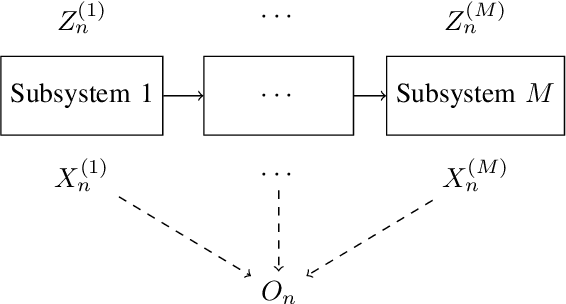
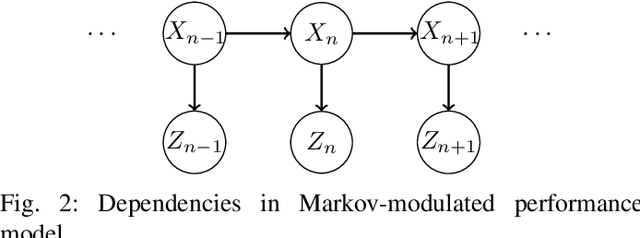
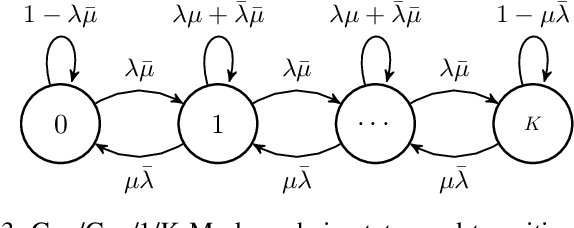
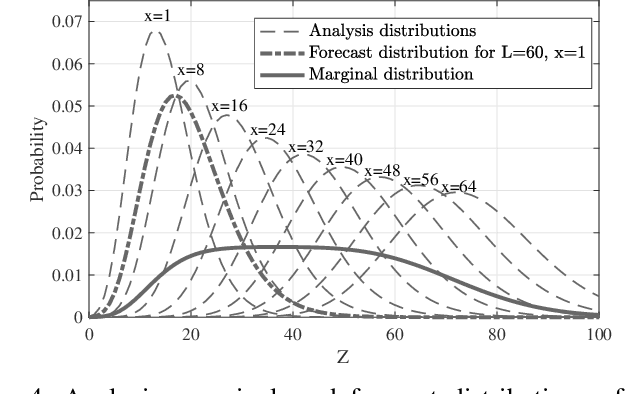
Abstract:With the emergence of time-critical applications in modern communication networks, there is a growing demand for proactive network adaptation and quality of service (QoS) prediction. However, a fundamental question remains largely unexplored: how can we quantify and achieve more predictable communication systems in terms of performance? To address this gap, this paper introduces a theoretical framework for defining and analyzing predictability in communication systems, with a focus on the impact of observations for performance forecasting. We establish a mathematical definition of predictability based on the total variation distance between forecast and marginal performance distributions. A system is deemed unpredictable when the forecast distribution, providing the most comprehensive characterization of future states using all accessible information, is indistinguishable from the marginal distribution, which depicts the system's behavior without any observational input. This framework is applied to multi-hop systems under Markovian conditions, with a detailed analysis of Geo/Geo/1 queuing models in both single-hop and multi-hop scenarios. We derive exact and approximate expressions for predictability in these systems, as well as upper bounds based on spectral analysis of the underlying Markov chains. Our results have implications for the design of efficient monitoring and prediction mechanisms in future communication networks aiming to provide deterministic services.
ExPECA: An Experimental Platform for Trustworthy Edge Computing Applications
Nov 02, 2023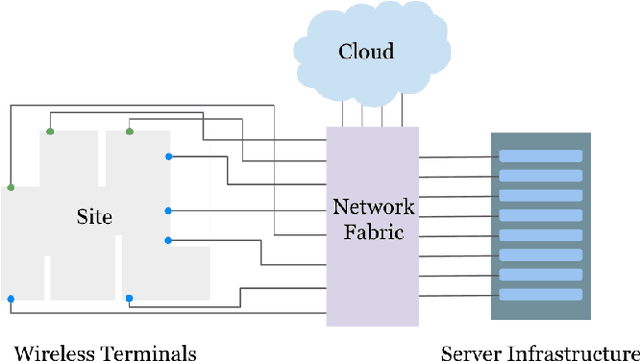

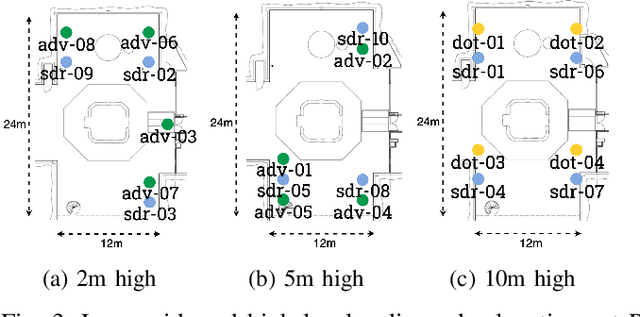

Abstract:This paper presents ExPECA, an edge computing and wireless communication research testbed designed to tackle two pressing challenges: comprehensive end-to-end experimentation and high levels of experimental reproducibility. Leveraging OpenStack-based Chameleon Infrastructure (CHI) framework for its proven flexibility and ease of operation, ExPECA is located in a unique, isolated underground facility, providing a highly controlled setting for wireless experiments. The testbed is engineered to facilitate integrated studies of both communication and computation, offering a diverse array of Software-Defined Radios (SDR) and Commercial Off-The-Shelf (COTS) wireless and wired links, as well as containerized computational environments. We exemplify the experimental possibilities of the testbed using OpenRTiST, a latency-sensitive, bandwidth-intensive application, and analyze its performance. Lastly, we highlight an array of research domains and experimental setups that stand to gain from ExPECA's features, including closed-loop applications and time-sensitive networking.
Data-Driven Latency Probability Prediction for Wireless Networks: Focusing on Tail Probabilities
Jul 20, 2023Abstract:With the emergence of new application areas, such as cyber-physical systems and human-in-the-loop applications, there is a need to guarantee a certain level of end-to-end network latency with extremely high reliability, e.g., 99.999%. While mechanisms specified under IEEE 802.1as time-sensitive networking (TSN) can be used to achieve these requirements for switched Ethernet networks, implementing TSN mechanisms in wireless networks is challenging due to their stochastic nature. To conform the wireless link to a reliability level of 99.999%, the behavior of extremely rare outliers in the latency probability distribution, or the tail of the distribution, must be analyzed and controlled. This work proposes predicting the tail of the latency distribution using state-of-the-art data-driven approaches, such as mixture density networks (MDN) and extreme value mixture models, to estimate the likelihood of rare latencies conditioned on the network parameters, which can be used to make more informed decisions in wireless transmission. Actual latency measurements of IEEE 802.11g (WiFi), commercial private and a software-defined 5G network are used to benchmark the proposed approaches and evaluate their sensitivities concerning the tail probabilities.
Semantically Optimized End-to-End Learning for Positional Telemetry in Vehicular Scenarios
May 05, 2023Abstract:End-to-end learning for wireless communications has recently attracted much interest in the community, owing to the emergence of deep learning-based architectures for the physical layer. Neural network-based autoencoders have been proposed as potential replacements of traditional model-based transmitter and receiver structures. Such a replacement primarily provides an unprecedented level of flexibility, allowing to tune such emerging physical layer network stacks in many different directions. The semantic relevance of the transmitted messages is one of those directions. In this paper, we leverage a specific semantic relationship between the occurrence of a message (the source), and the channel statistics. Such a scenario could be illustrated for instance, in vehicular communications where the distance is to be conveyed between a leader and a follower. We study two autoencoder approaches where these special circumstances are exploited. We then evaluate our autoencoders, showing through the simulations that the semantic optimization can achieve significant improvements in the BLER and RMSE for vehicular communications leading to considerably reduced risks and needs for message re-transmissions.
 Add to Chrome
Add to Chrome Add to Firefox
Add to Firefox Add to Edge
Add to Edge